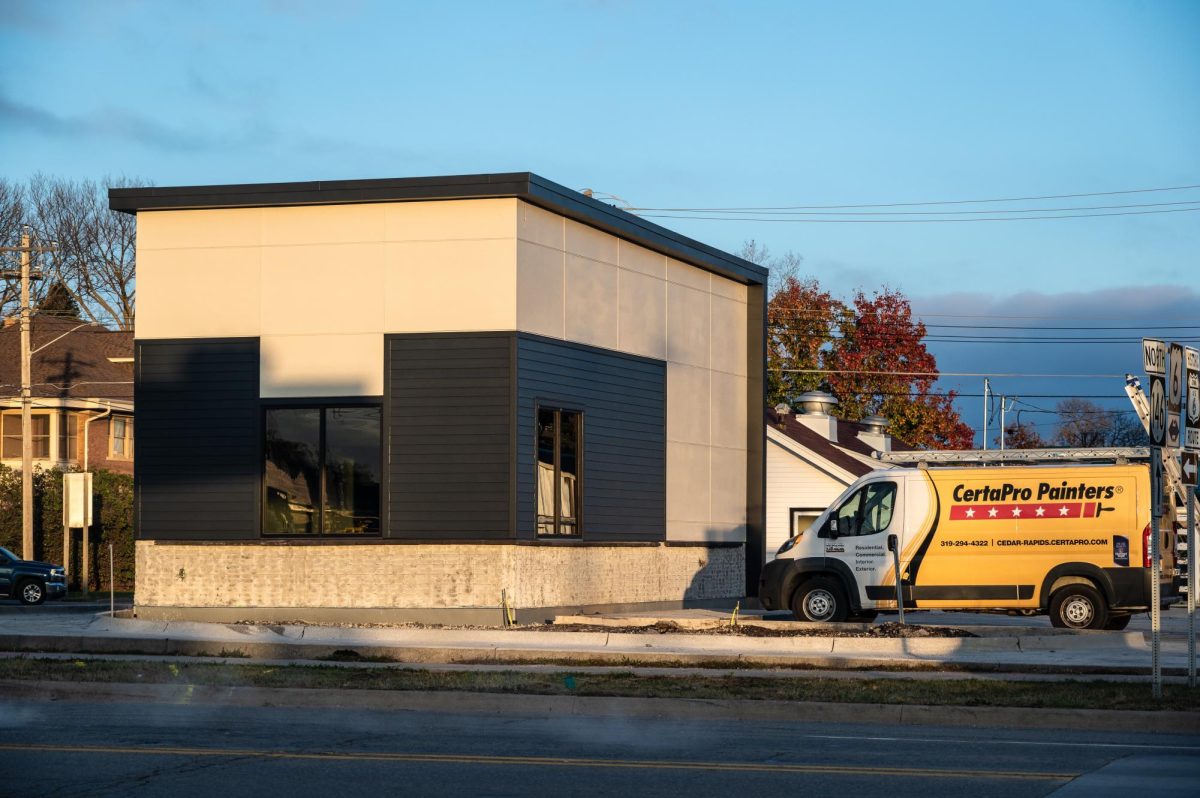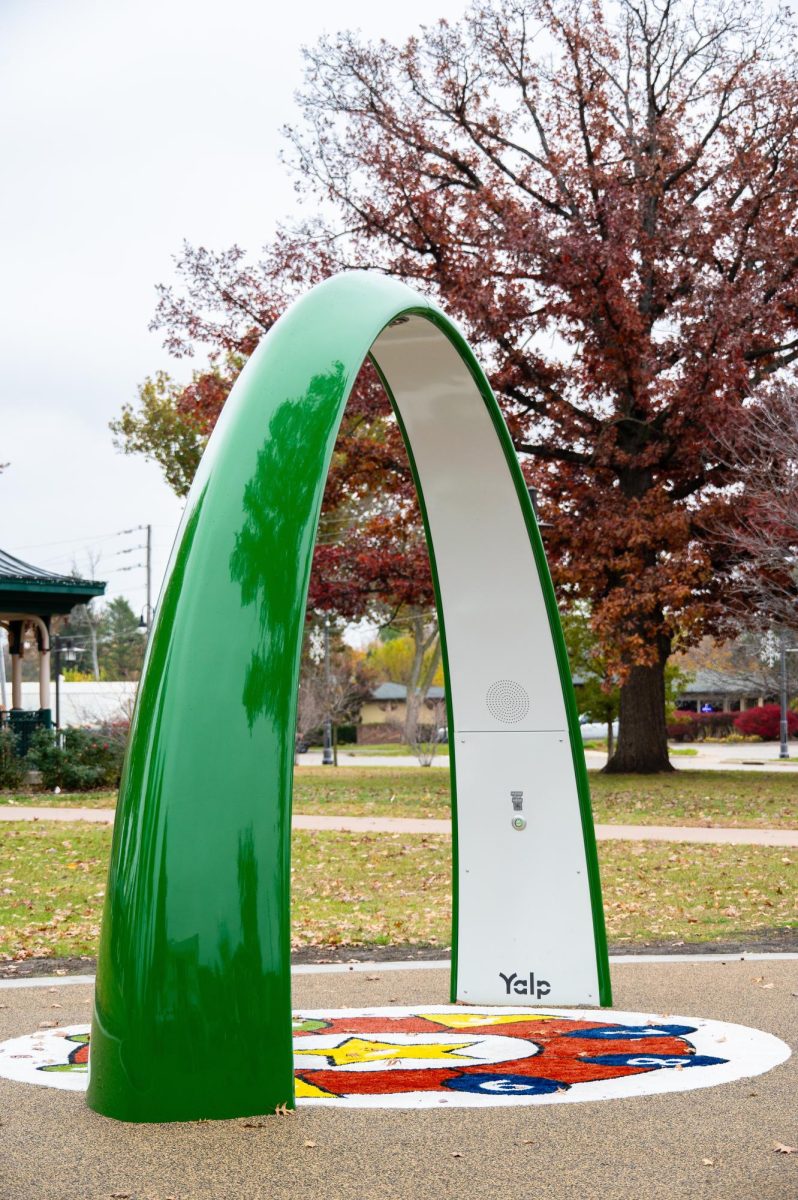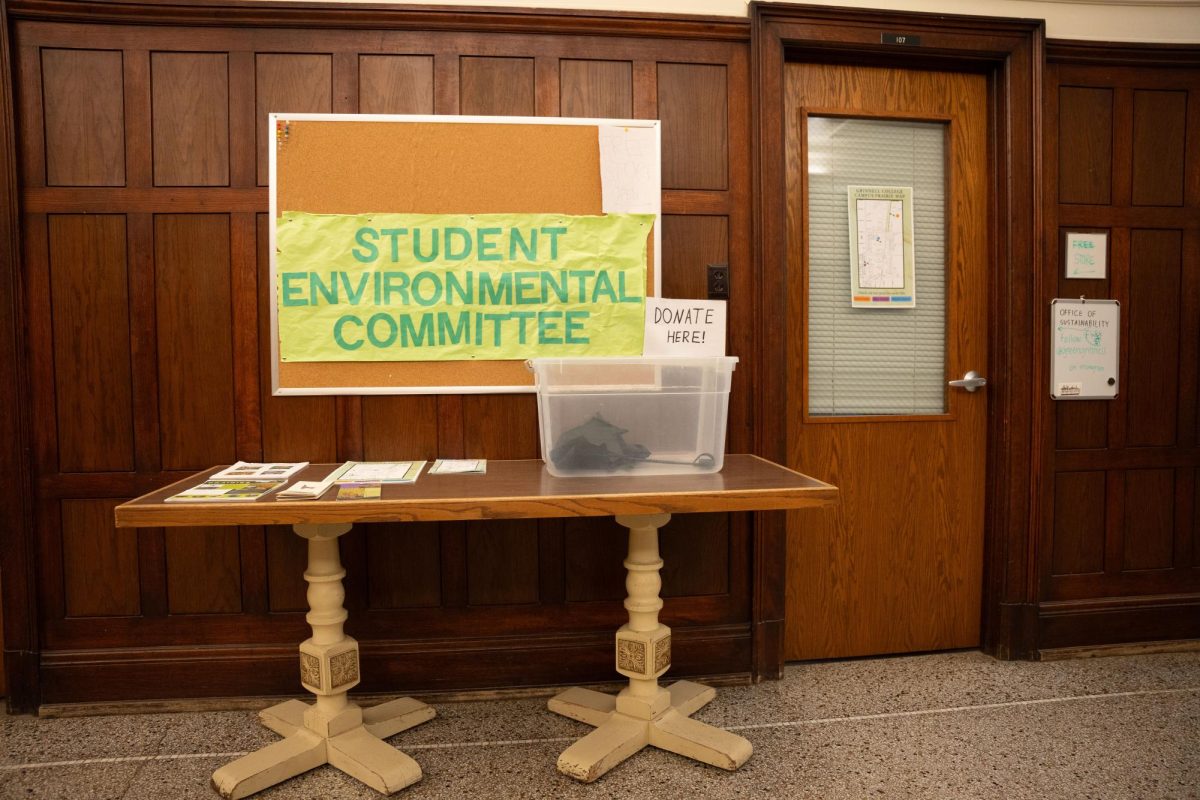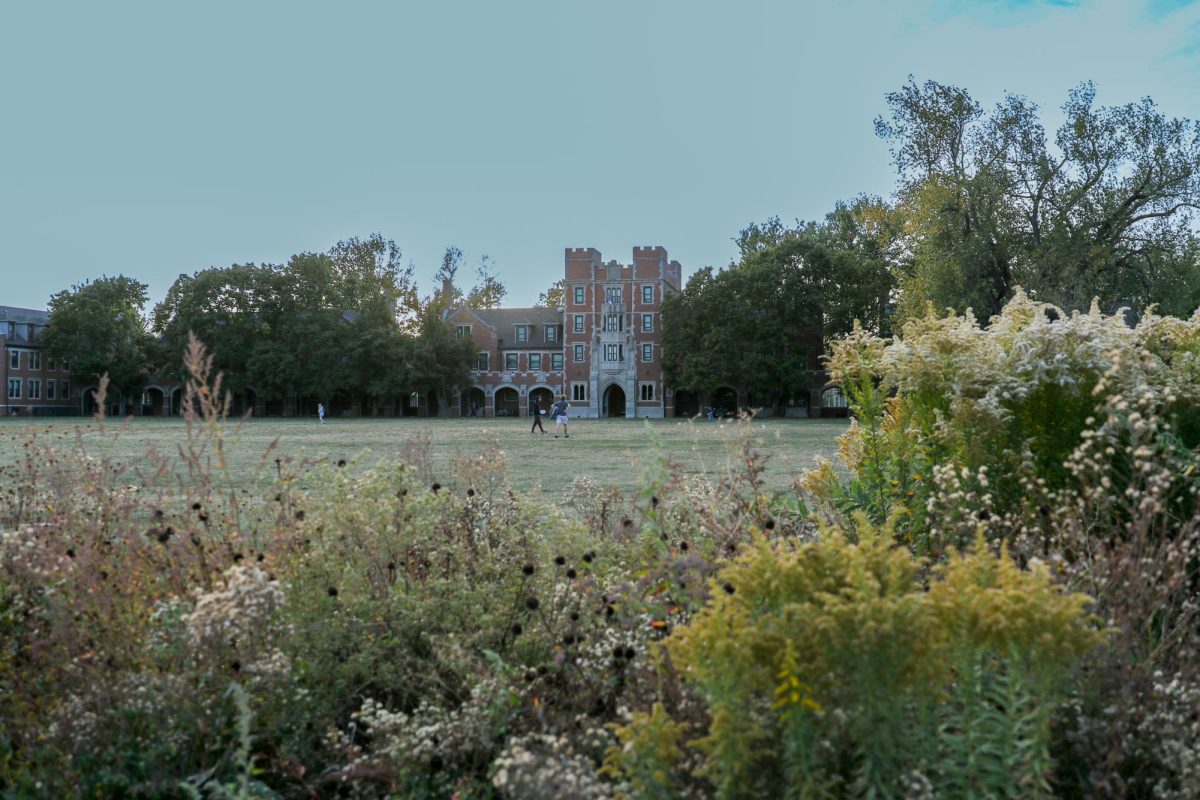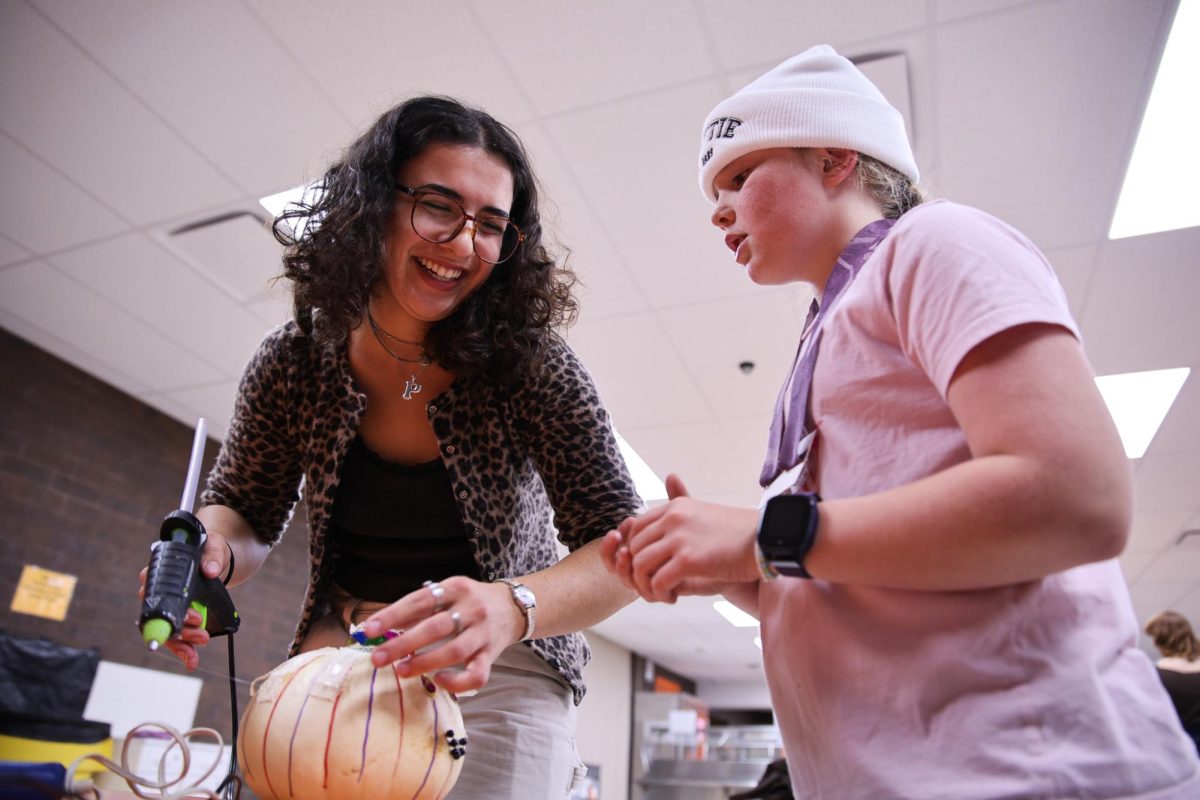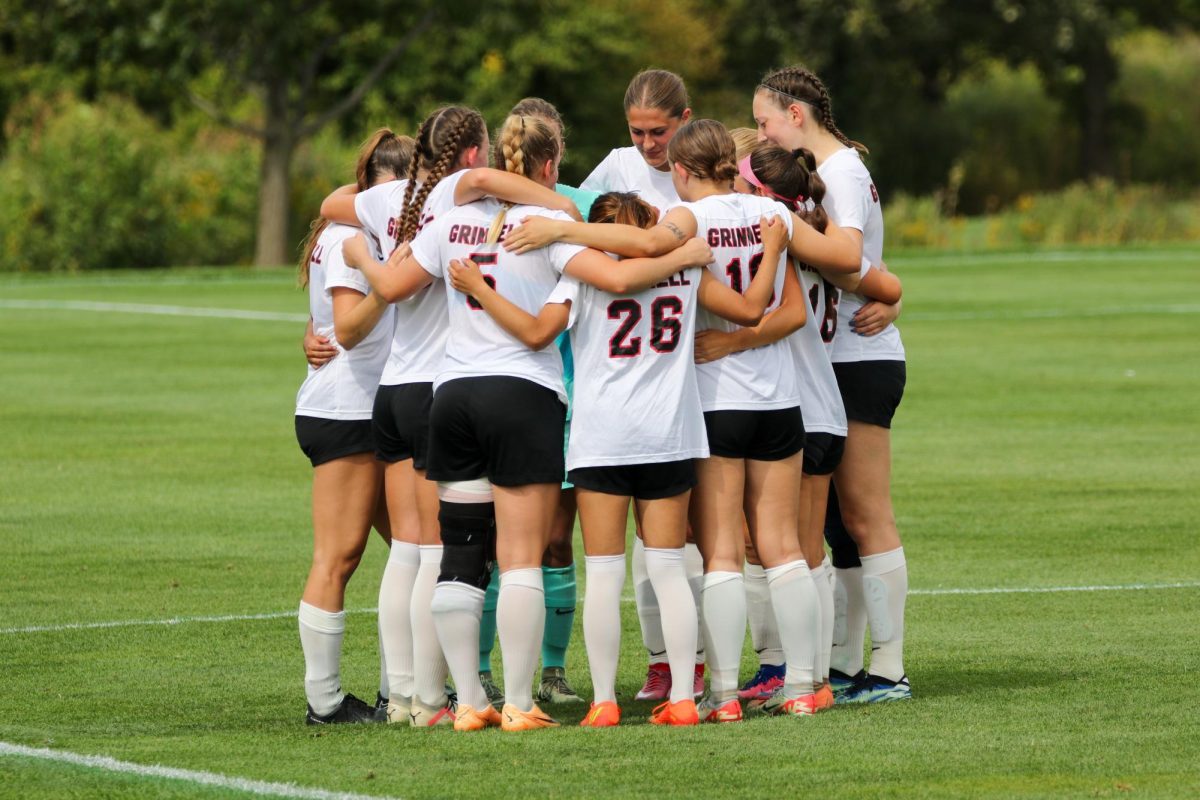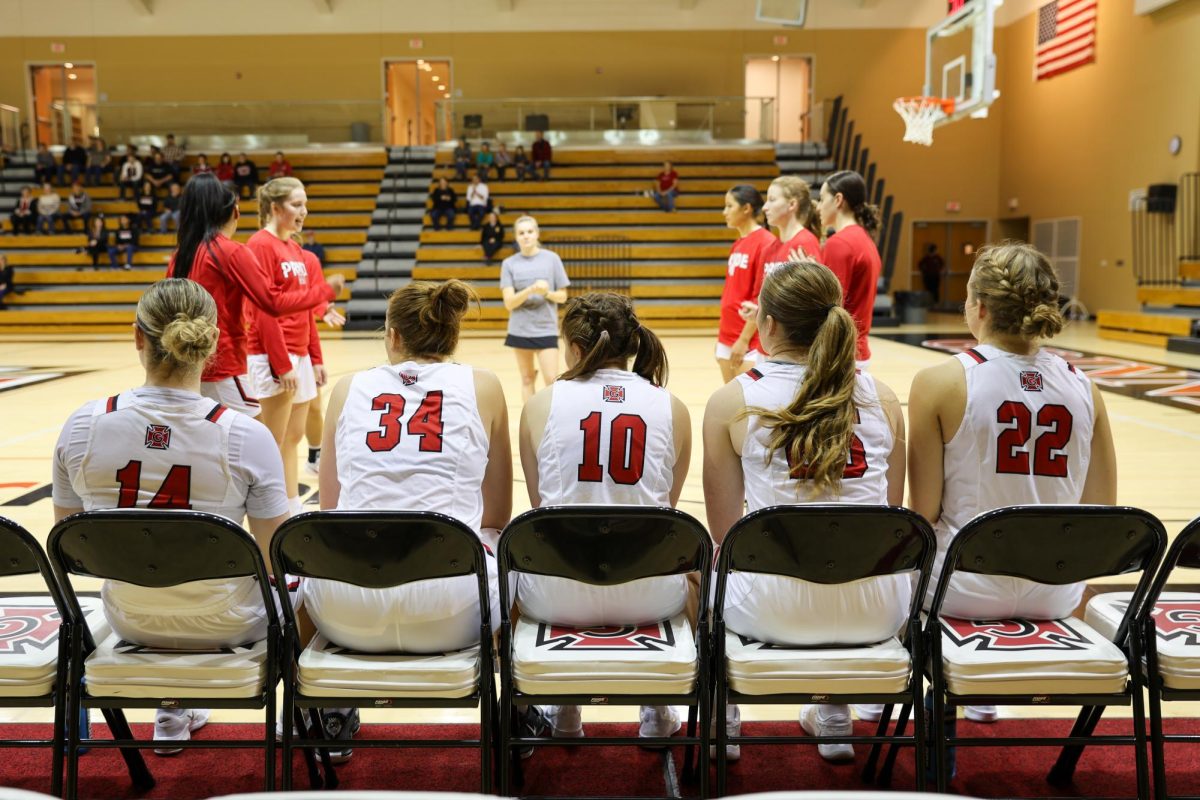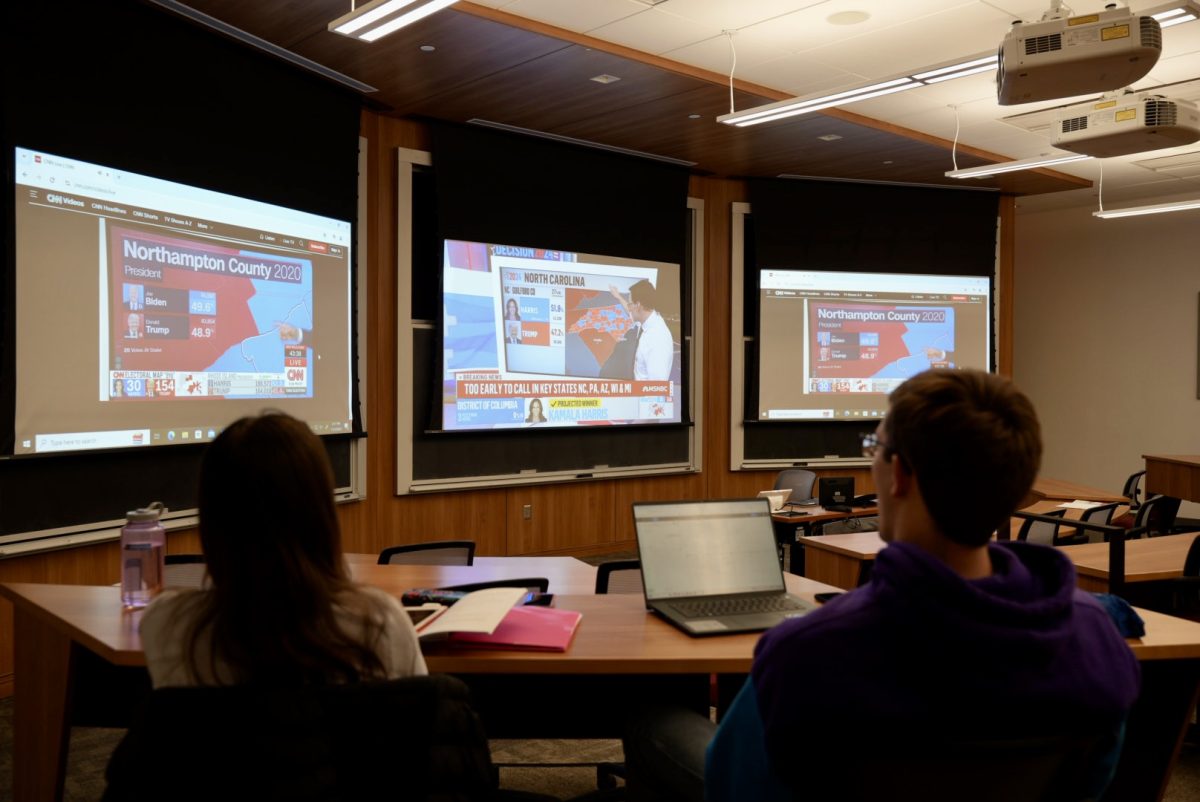A number of changes to campus technology were announced or implemented this school year, ranging from simple updates to the expanded use of hardware in public settings.
One such change occurred over the summer, as the College rolled out its redesigned website as part of a major rebranding initiative. Over the past two years, the College has worked with Ologie, a Columbus, Ohio-based marketing and strategy firm, to revamp its visual identity and institutional branding. The newly redesigned website debuted on Aug. 24.
According to an email from Director of Content Strategy-External Relations Sarah Anderson, the College’s previous website was constructed in Drupal 7. Drupal is a content management system used by a number of websites to manage and collaborate on digital content. The previous iteration of the College’s website was built from 2012-2013.
In an email to The S&B, Anderson specified that the update included an upgrade to Drupal 8, a more recent version of that software. “The convergence of a new visual identity for the College as well as the availability of Drupal 8 made a new website a logical step,” Anderson wrote.
However, even the broad website software update did not necessitate major changes to site architecture. When asked about architectural changes to the Grinnell site, Anderson wrote that any major changes to the site’s organization were made “to eliminate duplications and follow website best practices.”
The website change was not done in one fell swoop, however. According to Anderson, the Admissions section of the site were the first materials that were redesigned as part of the software update. Since a website update is such a major effort, Anderson wrote that the Admissions section would be done first as part of enrollment efforts for the Class of 2022.
Hardware updates are also a part of technology updates on campus. According to an all-campus memo from Aug. 7, the College will update the telephone system.
Originally installed in 1997, the 20-year-old system will be replaced in October in order to avoid a lengthy retrofitting of the old system after the construction of the Humanities and Social Studies Complex and the Admission and Financial Aid Center.
According to a GrinnellShare announcement from Aug. 7, modern telephone handsets will be installed on campus. They will offer “improved call quality, without sacrificing any of the features to which [we] are currently accustomed.” As part of the switch to a new system, ITS will gradually phase out old telephones, allowing users to keep both handsets before the complete removal of the old system. Ultimately, ITS will offer a time to pick up old telephone handsets once the installation of the new telephone system is complete.
Technology changes have also arrived at the dining hall, with the installation of new informative screens by food stations.
This addition of digital signage serves multiple purposes, according to Director of Dining Services Jeanette Moser. In an email to The S&B, Moser wrote that Dining Services made the decision to install digital signage in the Marketplace largely for environmental reasons. The screens have replaced the paper signs that once specified food and allergy issues in the Dining Hall, thereby reducing paper usage in hopes of “a Greener Grinnell.”
Moser also wrote that the new signage offers expanded accessibility as well as more nutritional information, all while increasing staff efficiency.
However, the switch to digital signage has not been without its problems. Moser wrote that the Dining Hall has encountered some “programming challenges” since implementation, though staff hoped that they would work perfectly when classes began in August.
Moser concluded her email by writing that Dining Services “expect[s] these issues to be quickly resolved.”






